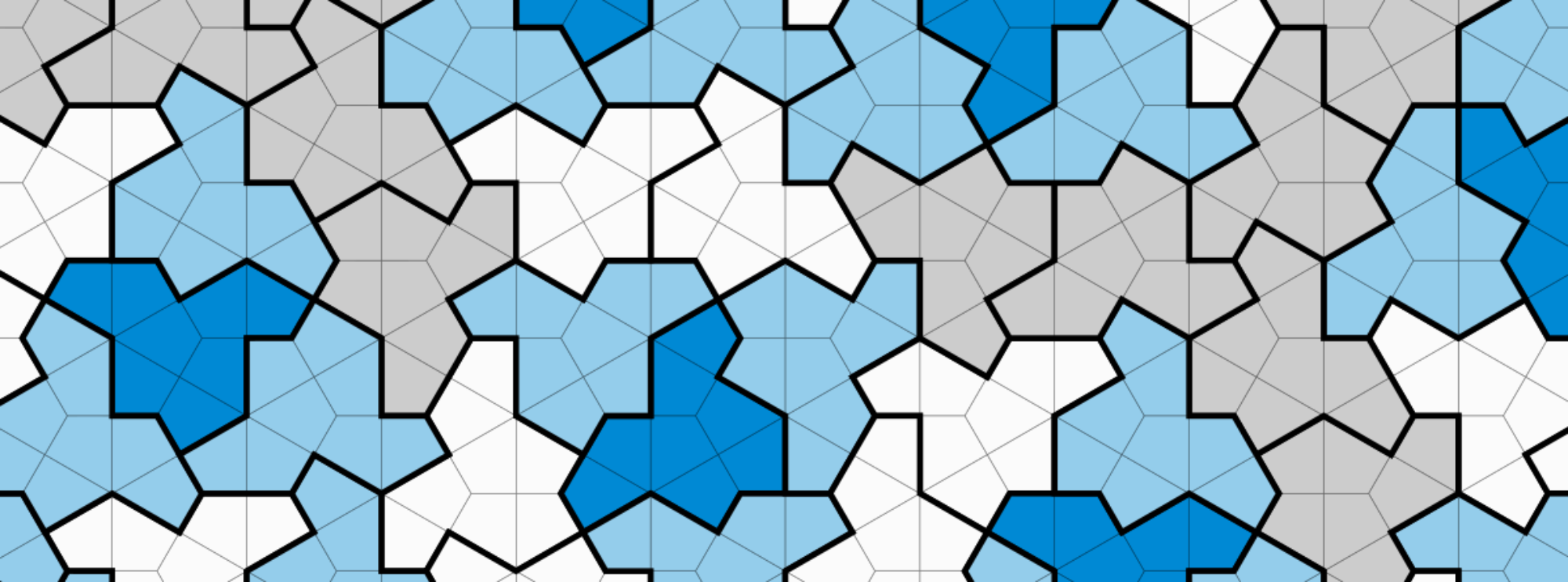Induction is often incorrectly used by beginning students by ‘extending it to infinity’ . For example suppose the problem is the following: Problem: Prove/Disprove that the product of $\mathbb{N}$ number of countable sets is countable. Often many students show this kind of reasoning: since the product of two sets is countable, and the product of three sets is countable and if we know that the product of $n$ sets is countable then so is the product of $n+1$ sets, therefore we can conclude by induction that the product $\mathbb{N}$ number of countable sets is countable. The problem with this kind...
The aim of this blogpost is to prove that given $n$ points with distinct $x$ coordinates there is a unique polynomial function passing through all of them. Basically this polynomial is the (unique) polynomial of lowest degree that ‘fits’ given data. This theroem is known as the ‘Lagrange interpolation theorem’ in numerical analysis. From hence forth by a set of $n$-coordinate pairs we refer to a set indexed by $0,1,\cdots,n-1$, such that the $x$-coordinates of all tuples in the set are distinct. It is well know that given a set of $2$-coordinate pairs one can find a unique linear function(a...
The aim of this blog post is to prove that if $\kappa$ and $\gamma$ are two infinite cardinals then $\kappa$ + $\gamma =\max(\kappa,\gamma)$. It should be pretty clear that it suffices that we prove $\kappa+\kappa=\kappa$ for any infinite cardinal $\kappa$. We can proceed using Zorn’s lemma: For an infinite set $X$ with cardinality $\kappa$, consider the set of all pairs $(M,f)$, where $M$ is a subset of $X$ and $f$ is a bijection from $2\times M\to M$. Now we can partially order this set by extention on both coordinates. Further it is pretty clear that every chain has an upper...
